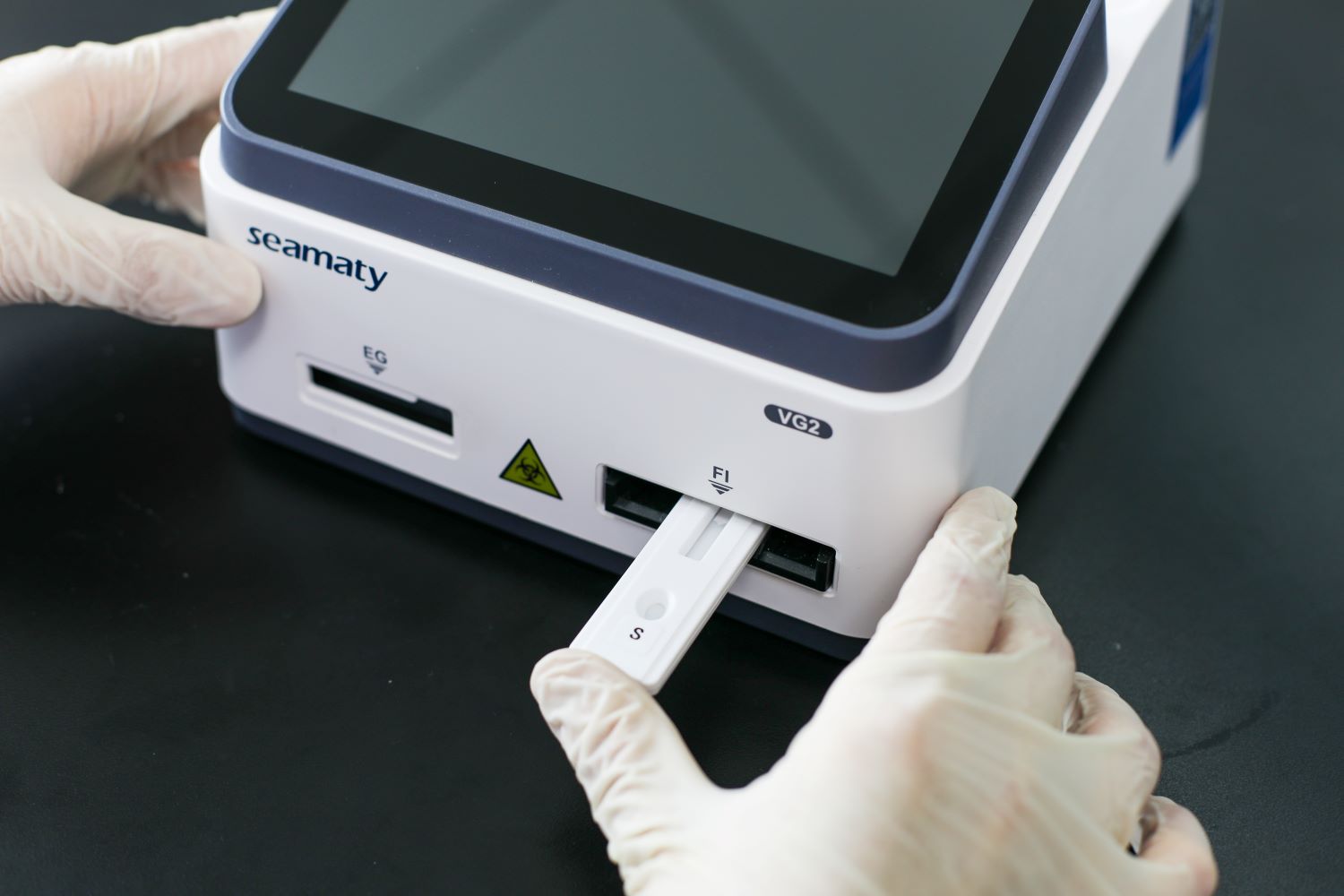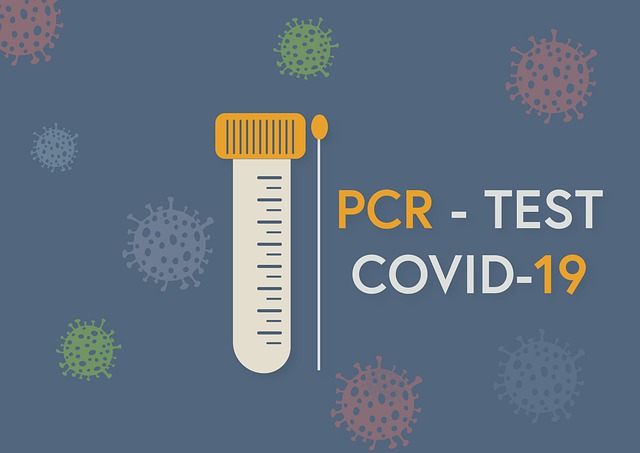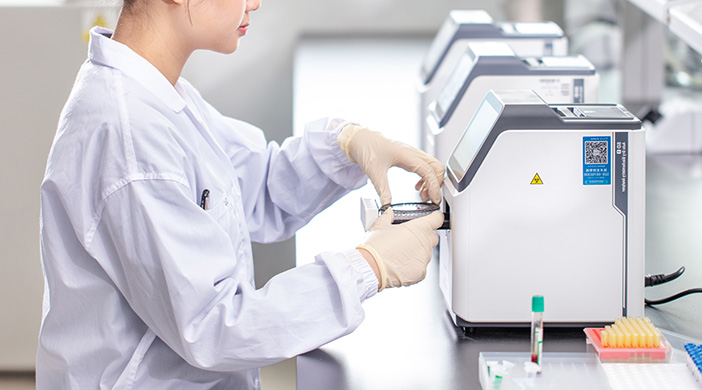release time:2021-11-22 15:36:50
In the previous article, we learned what lipidemia is and how it affects biochemical test results. So what should we do? How can we reduce the interference of lipid samples on biochemical analysis results? Four methods are described below.
For biochemical test results that are mildly affected by lipemia, explain to the pet owner that the sample has mild lipemia. The measured biochemical index is for reference only. It cannot be used as a complete diagnostic basis. Diagnostic analysis should also be performed in conjunction with clinical signs and other ancillary diagnostic equipment. The veterinarian should also indicate the lipemia and its severity on the test report form.

2023-08-17
Discover key tips for selecting a veterinary blood gas and immune analyzer. Learn about accuracy, ease of use, and versatility. Explore the Seamaty VG2 for quick and reliable results in animal diagnostics.

2022-05-23
The concept of "digital PCR" was first introduced by Sykes and other scientists in 1992. He mentioned that the combination of finite dilution, endpoint PCR and Poisson statistics allows quantitative measurement of nucleic acid concentration.

2022-01-06
The development process of biochemical analyzer has three main stages: spectrophotometer, semi-automatic, fully automatic biochemical analyzer. So what is the relationship between them?